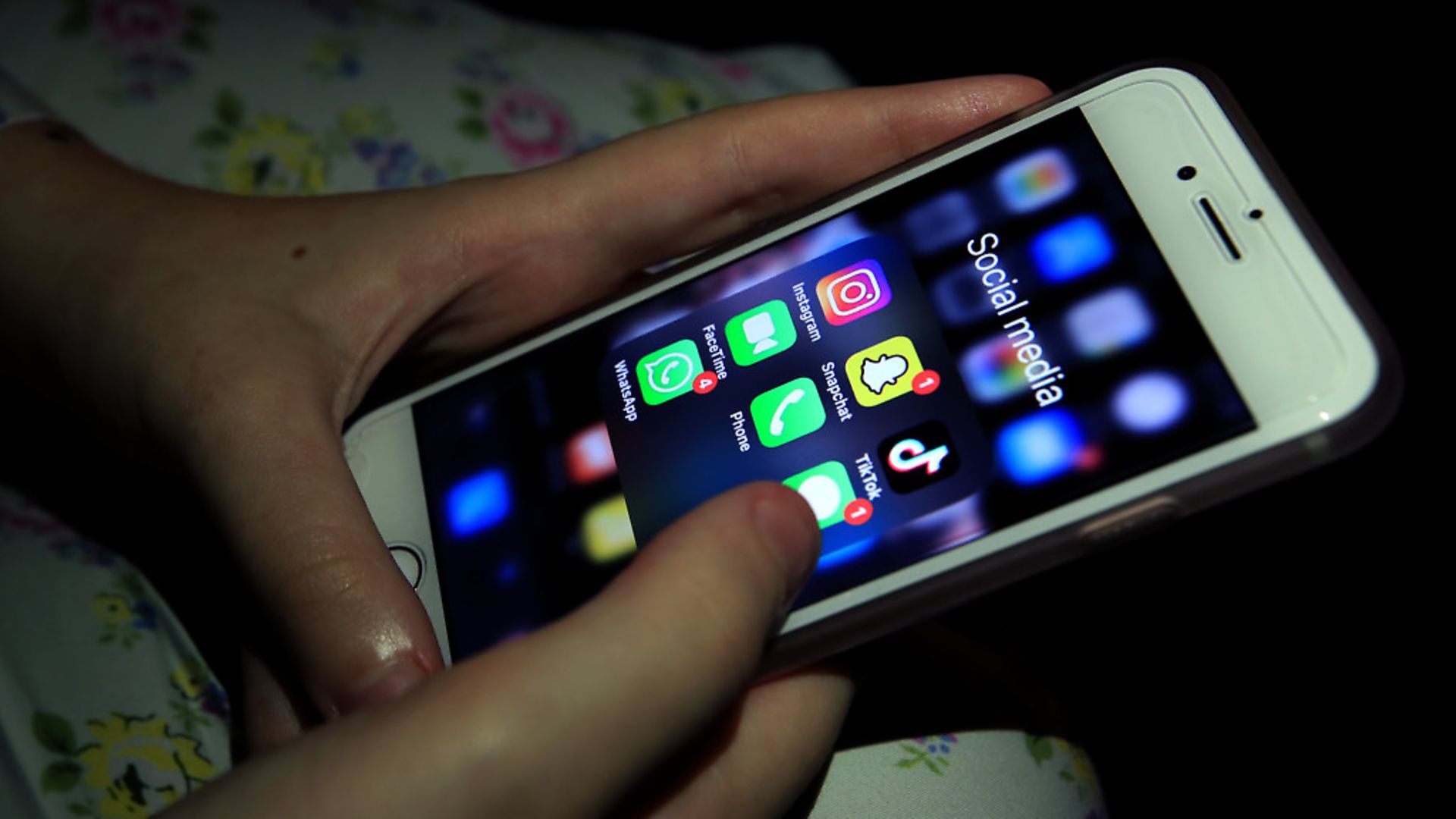
TikTok, the viral video sharing platform, has been one of the biggest hits of lockdown.
Content that originated on the app, like nurses dancing in UK hospitals, has jumped to mainstream TV coverage. TikTok even put its first ad on UK television, made in isolation.
TikTok’s user base has grown rapidly over the lockdown period, with 315 million downloads in the first quarter of 2020. It is not difficult to see why it has found its lockdown niche: the infinite scroll of content there is addictive and less stressful than news-driven platforms.
Have your say
Send your letters for publication to The New European by emailing letters@theneweuropean.co.uk and pick up an edition each Thursday for more comment and analysis. Find your nearest stockist here or subscribe to a print or digital edition for just £13. You can also join our readers' Facebook group to keep the discussion and debate going with thousands of fellow pro-Europeans.
TikTok videos are usually made at home, and so creators are not at a disadvantage despite their humdrum surroundings. This is in contrast to platforms like Instagram, which has become a showcase for travel, glamour and live events.
The primary uses of TikTok are for viral dances, comedy challenges and demonstrations of visual flair such as makeup and cosplay memes, but recently there has been increased political content. This is something I have been looking into as part of my research examining the intersections between politics, fandom and internet cultures.
Political activists adapt existing TikTok memes and trends. Dances and lipsyncs are set to political speeches, and challenges used to make political points. Producers of political content on TikTok skew younger than those on other social media, which matches the creator base and audience profiles.
Individuals are more popular than party political branded accounts, partly because official accounts feature mostly repurposed video which has been shot horizontally for other platforms. This looks out of place on Tiktok, which presents video vertically.
What works well is organic content made on and for the app. TikTok has its own more intimate feel: videos have a homemade, spontaneous quality. A teenage Boris Johnson fan, posting videos of himself at home, has racked up thousands of views.
One young Labour activist has made TikTok videos with MPs in Parliament. Until recently the daughter of Chancellor of the Duchy of Lancaster, Michael Gove, had an account, and his supporters and opponents followed her hoping for insight into their family life.
The style of political content on Tiktok owes much to the more open expression of fan culture in politics over the past few years. While fans have existed in politics for as long as politicians have been celebrities, it has become normalised to wear your political heart on your sleeve.
From hashtags and fan videos to homemade placards and t-shirts, fan culture celebrating individual politicians is here to stay. Neighbours of Dominic Cummings, the UK prime minister’s senior strategist, have been sharing the anti-fan activity on their street.
BackBoris and BooForBoris hashtags are popular. Videos declaring support for or against the US president Donald Trump are common both in the US and UK. During my research, I have seen everything from fancams (video compilations of an individual) dedicated to Labour party leader Keir Starmer to a Michael Gove cosplayer.
Activists are able to not just exploit virality but find community by using the same song, audio clip, filter, dance or challenge. Hashtags are less important now on text-dominated platforms and more so on visual ones like Instagram, YouTube and TikTok. The app is driven by trends, memes, challenges and recommendations.
The speed of turning a lip sync to a song into a 15-second funny clip while sat on your sofa enables political comedy of a kind we haven’t seen before. Replying to comments or other videos with new videos, or splitting the screen between the previous video and the reply as ‘duets’ allows for disagreements and debates.
Creators who are underrepresented on other platforms due to race, disability and class can speak to their peers directly. The killing of George Floyd by white police officers and the response from the Black Lives Matter movement has seen an explosion of content on the platform. TikTok has been criticised, though, for excluding black and less conventionally attractive creators from the app’s For You landing page, limiting their reach.
In the future, it is likely that more young politicians will produce their own content for or inspired by the platform. Interactions on social networking services have been said to improve young people’s perception of the likeability of political candidates and their trust in government.
The playful, funny interactions on TikTok may have potential for good as well as harm for the public sphere, if politicians and their fans can strike the right tone.
• Penny CS Andrews is a PhD Researcher in information, media and communication, University of Sheffield. This article first appeared at theconversation.com
Warning: Illegal string offset 'link_id' in /mnt/storage/stage/www/wp-includes/bookmark.php on line 357
Notice: Trying to get property 'link_id' of non-object in /mnt/storage/stage/www/wp-includes/bookmark.php on line 37






